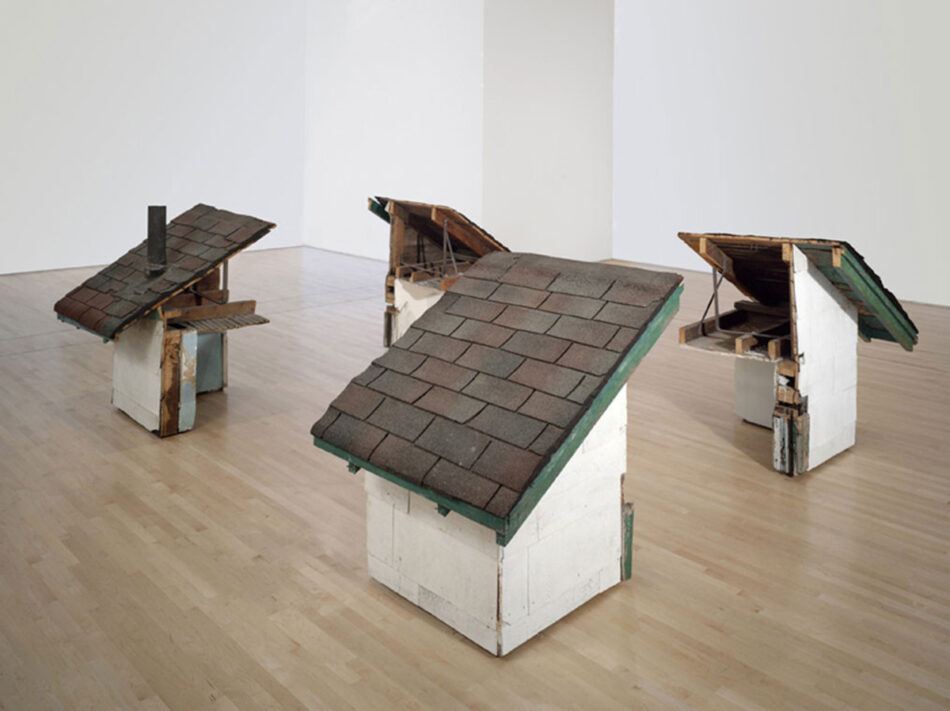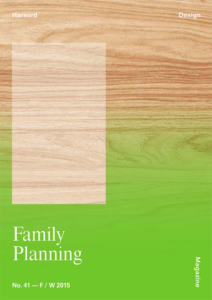Half of Everything
Now and again you’ll read a story about one half of a divorced couple—the more disgruntled one, one supposes—opening his or her toolbox and sawing in half the entirety of the couple’s collective belongings. One story from Germany tells us how a husband posted videos to YouTube showing him cutting chairs, beds, and phones in half with the message, “Thank you for 12 ‘beautiful years,’ Laura!!!!!!!!!! You’ve really earned half 😉 Greetings to my ‘successor’!!!!!!” He then listed his half of everything on eBay saying, “From my half I must now separate, fond memories you cannot remove.”
In Cambodia, another story: Moeun Rim and Nhanh Rim, married for nearly 40 years, sawed their house in half in order to avoid Cambodia’s costly and convoluted divorce process. They were advised by a local lawyer that dividing a property was legal if both parties agreed to it—but that it did not mean the pair was legally divorced.
These silly stories might entertain us, yet their oddity, heartbreak, and despair contain an evident truth: love, ownership, and domesticity are ideas that do not, necessarily, nest comfortably with one another.
Make no mistake: love, ownership, and domesticity are not natural phenomena, despite how normal they may feel to us. They are concepts—ideas often repelling one another as much as they attract, and this shifting field of forces is the origin of much trauma.
Marriage is an old idea, with family, lineage, and affiliation at its core. The bond of marriage was not originally a bond of love but a contract of biology and law. Romantic love, an invention that emerged in the 11th and 12th centuries, and so central to the idea of the contemporary self (the soul mate that completes us and all the rest), is often housed not in the body or soul but in a dream home. And in a property-owning democracy, love and homes are not innocent.
They are highly ideological constructs. Take a look at websites promoting government-assisted “Starter Homes” in the United Kingdom. Here you’ll see images of young (heterosexual) couples sitting together on laminate wood floors surrounded by unpacked boxes, basking in the promise of their future. Yet we know, statistically at least, that half of these lives, half of these homes, will require bifurcation.
Love, law, and property form a social and political framework that in turn precipitates what we recognize as the architecture of the home. The image, form, and organization of our living spaces are expressions of these abstract ideas. But it’s harder to distinguish concept from reality than we might imagine. Think of the old aristocratic term “House” (as in “House of Hohenzollern”), which is both metaphorical and literal, denoting something between family and building.

History shows us that this kind of house building has not always been simple. And once built, these edifices are even harder to demolish. Take, for example, the dynastic trouble faced by Henry VIII: in addition to the axe used to separate the head from the body of a number of wives, Henry also had to split from the authority of the Pope and the Roman Catholic Church in order to annul his marriage to Catherine of Aragon. This split—the origin of the Reformation—puts those property-slicing divorcees’ actions into perspective. But it also suggests that their compulsion comes from the same place: an unbearable tension between law and desire, strong enough to split nations as well as sofas.
Sometimes conceptual splits are not enough. Sometimes they have to be enacted physically as well as legally. And not just as a way to annul the contractual arrangements, not simply as revenge on a partner, but as a more violent gesture toward property itself. Property might be subject to law, but in effect property itself exerts the law. That chair, bed, phone, or house may be inert but its very presence organizes us as social, financial, and romantic entities.
Architecture and design, in other words, are forms of contracts themselves, written in material. The house is a set of behavioral instructions, a form of enforcement, a making physical of the abstract social, legal, and moral codes that make up our collective ways of living. And at those moments of total collapse and traumatic despair, when the very foundation of a person’s identity is under threat, it’s no wonder that one sometimes takes it out on the physical world.
These extreme gestures are far more than violence inflicted on objects. They are revenge attacks on ancient Western moral and religious codes embedded in the objects and places that we use to stage our domestic lives; attacks on the objects and places that condemn us to live an idea of domesticity that is often uncomfortable and outmoded.
Property, some will tell you, is theft. But really it’s far worse than that. Property is the clearest expression of the artificial cultural framework of civilization, a control mechanism that we voluntarily submit to with our monthly mortgage payments. It’s no wonder then that one Monday morning, sitting at the kitchen table, as our lives fall apart, some of us turn our anger and despair onto the stuff that is both witness to and enforcer of the modern myth of love.
Sam Jacob is principal of Sam Jacob Studio, whose work spans scales and disciplines from urban design through architecture, design, art, and curatorial projects. He is Professor of Architecture at University of Illinois at Chicago, Director of Night School at the Architectural Association, and a columnist for Art Review and Dezeen.
